Customers Personalization
- Customers’ personalization platform based on online activity.
“Browsing data, booking data, flying data” (Lu et al. 446).
- Big data platform for storage and analyzing.
- Identification algorithm to determine the customers’ interests.
The personalizing system optimizes the search (Adajiand Vassileva, 107).
- An optimized search contributes to positive experience.
- Positive customers’ experience means customers’ loyalty.
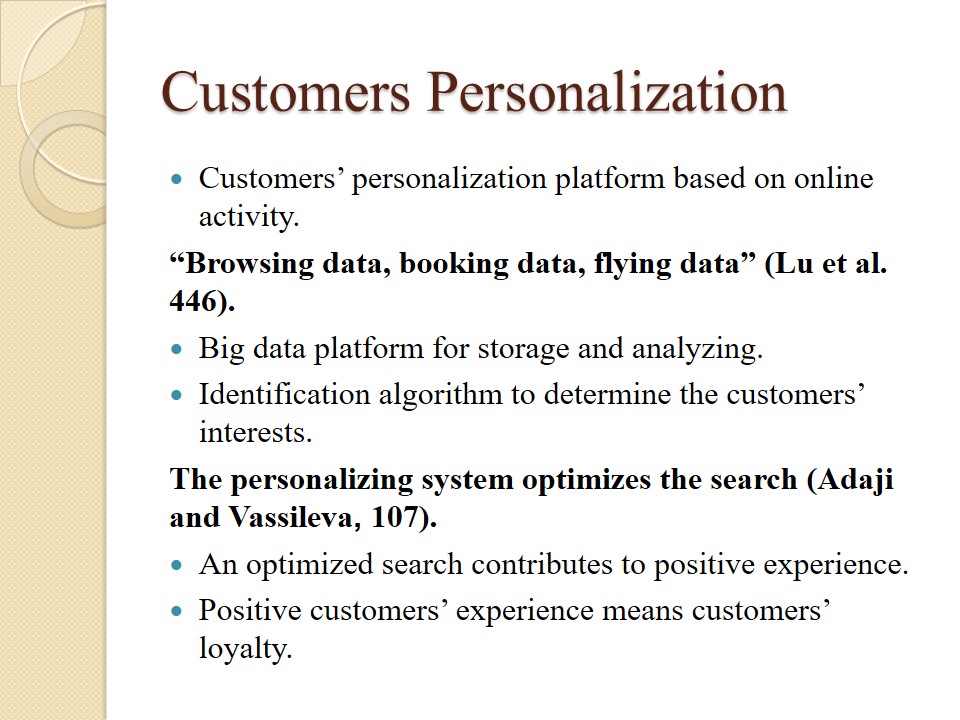
New Distribution Capability (NDS) Standardization
- The personalization requires transparent information transmission.
- The NDS standard optimizes data transfer.
“Communications between airlines and travel agents” (“The NDC program”).
- The NDS standardization integrates into airline conglomerate.
- It allows tracking of competitors’ offers.
- Tracking allows effectively adapting its own prices.
- Favorable adaptive prices and offers attract customers.
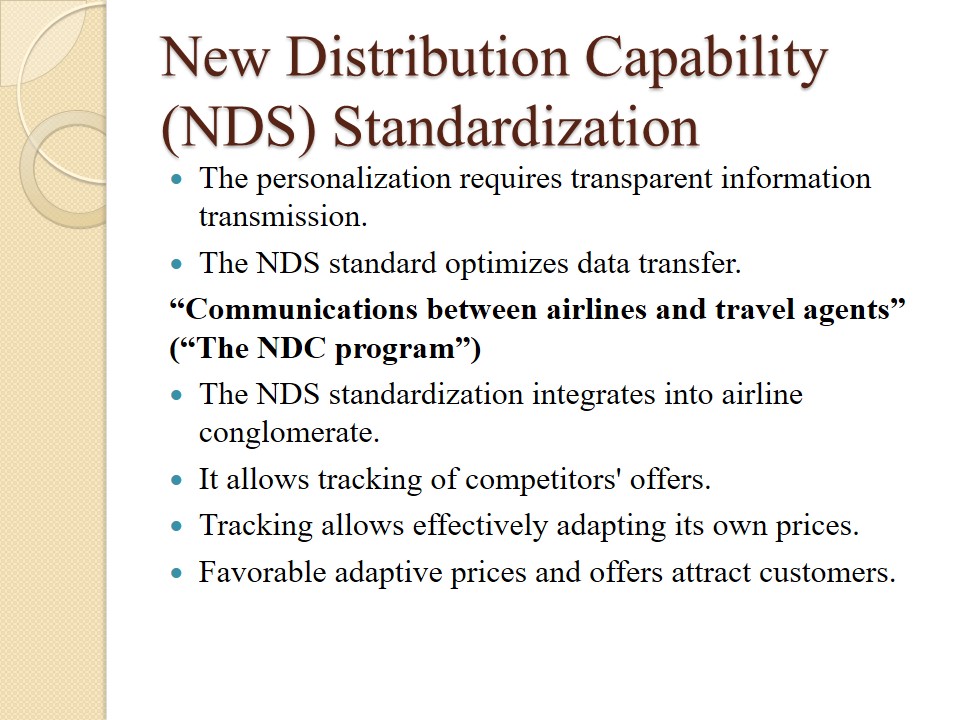
Adaptive or Dynamic Pricing
- Real-time data contributes to a dynamic pricing.
Dynamic pricing is crucial for airline e-commerce (Fiig et al. 381).
- It balances customer capabilities and airline needs.
- Dynamic pricing enables sectorial offers, prices.
- Sectorial pricing divided by different customers’ incomes.
- It provides affordable services to social strata.
- It means the potential customers’ greater reach.
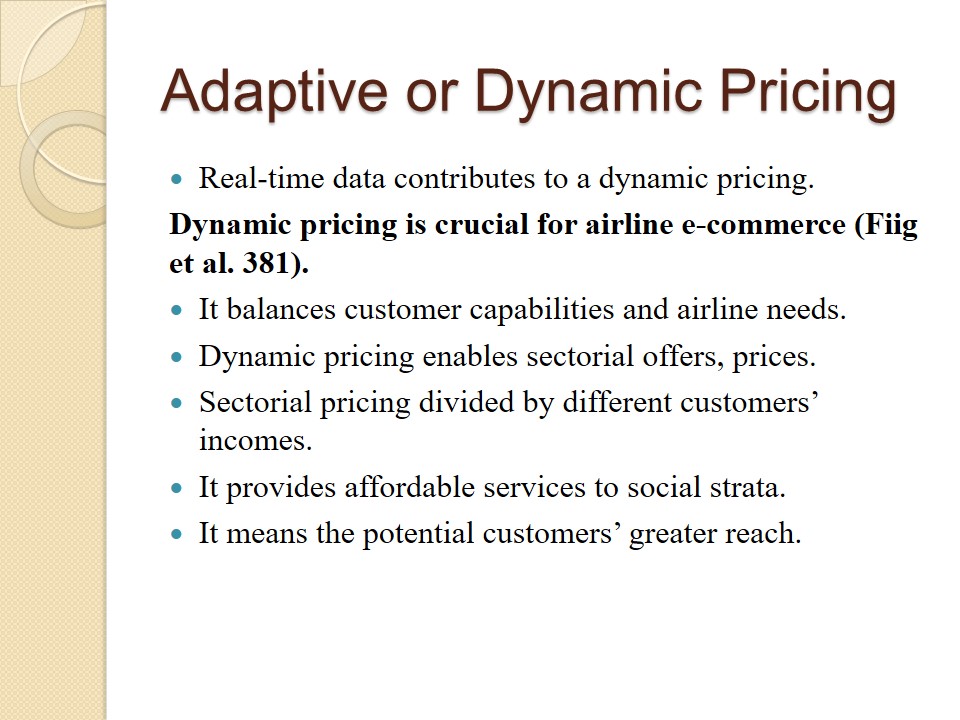
Artificial Intelligence (AI) and Neural Networks Integration
- Dynamic pricing data requires fast analysis.
- AI and neural networks can provide it.
Neural networks positively affect customer experience (Prasad et al. 1).
- They also track minor market patterns.
- It allows predicting market and pricing changes.
- It contributes to greater financial benefits.
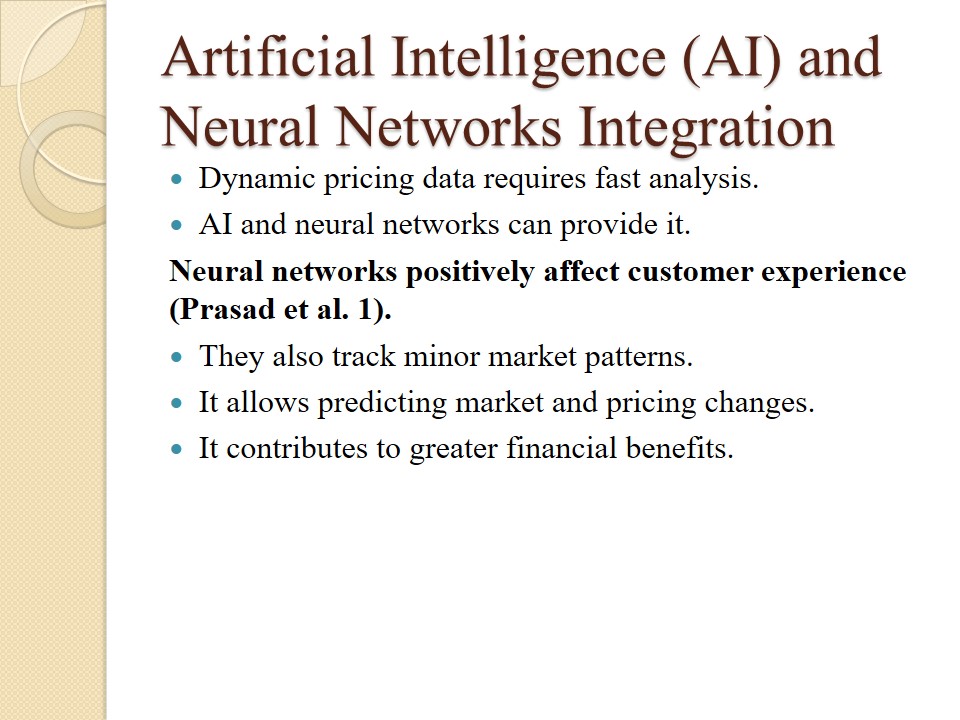
Continuous Localization
- Standardization and personalization mean a growing audience.
- Etihad Airlines translated into most languages.
- However, some language adaptations contain errors.
The presence of e-commerce localization errors (Wu 2).
- Neural networks analyze and correct the text.
- Proper translation makes the website more attractive.
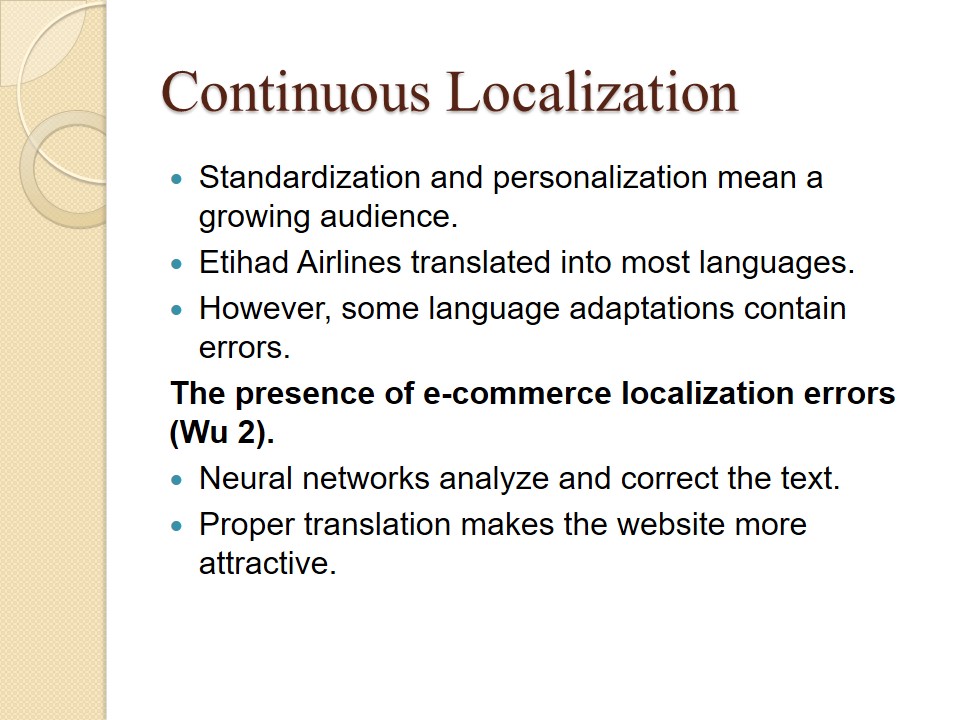
Customer’ Information from Social Networks
- AI and neural networks analyze customers’ profiles.
- It provides information on customer preferences.
- It means a successful prediction of offers.
Neural networks successfully predict social phenomena (Liu et al. 1).
- It means a more friendly range of services.
- Customers often prefer a friendly interface.
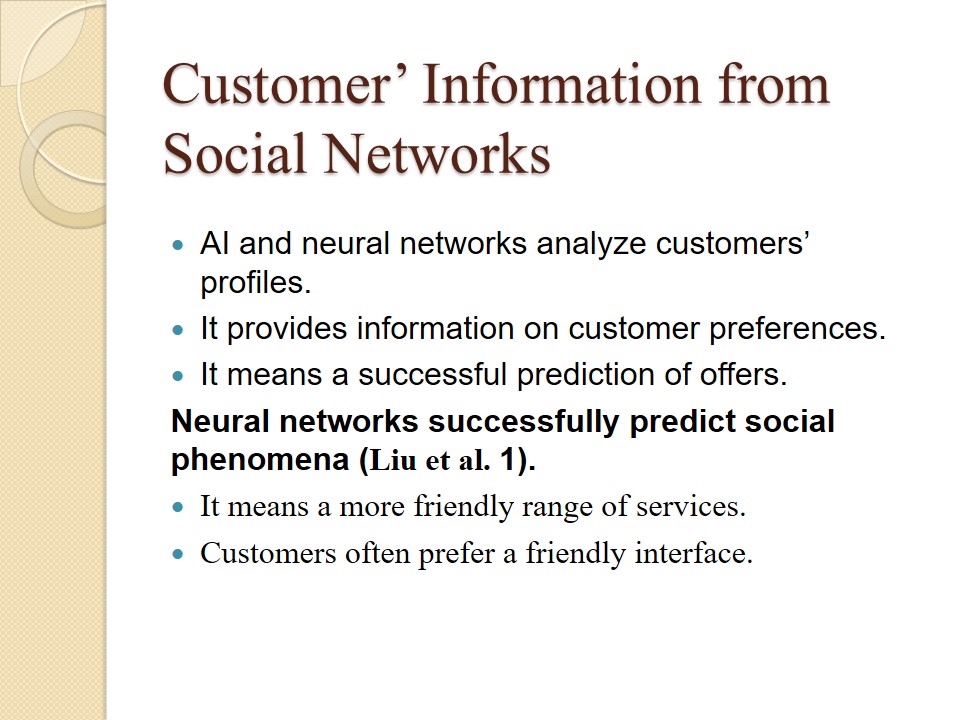
Works Cited
Adaji, Ifeoma, and Julita Vassileva. “Evaluating Personalization and Persuasion in E-Commerce.” PPT@PERSUASIVE, 2016, pp. 107-113.
Fiig, Thomas, Remy Le Guen, and Mathilde Gauchet. “Dynamic pricing of airline offers.” Journal of Revenue and Pricing Management, vol. 17, no. 6, 2018, pp. 381-393.
Liu, Qun, et al. “Social Relationship Prediction across Networks Using Tri-training BP Neural Networks.” Neurocomputing, 2020.
Lu, Chun, Wen-Hui Qiu, and Xue-Long Cheng. “Research on Aviation Big Data and E-commerce Applications.” International Conference on Electronic, Control, Automation and Mechanical Engineering (ECAME 2017), 2017, pp. 446-450.
“New Distribution Capability.” 2020. Web.
Prasad Majumder, Bodhisattwa, et al. “Deep Recurrent Neural Networks for Product Attribute Extraction in eCommerce.” Cornell University. 2019. Web.
Wu, Frances Man Hin. Airline e-commerce globalization competitiveness: localization error analysis of 23 American and European airline websites. Dissertation, University of Limerick, 2017.